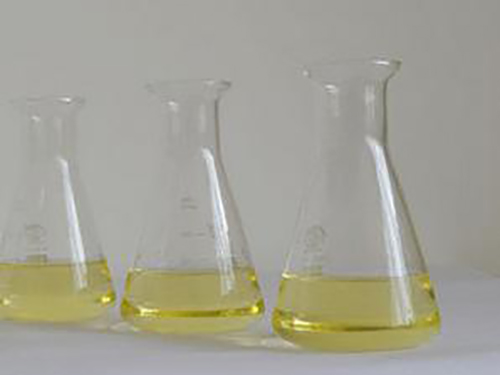Advancements in Polyacrylamide Production Techniques for Enhanced Application Efficiency
The Production of Polyacrylamide A Comprehensive Overview
Polyacrylamide (PAM) is a synthetic polymer widely used in various industrial applications, including water treatment, soil conditioning, and the oil industry. The production of polyacrylamide involves the polymerization of acrylamide monomers, which can be achieved through different methods, such as radical polymerization, and produces a water-soluble product that can be tailored to specific applications based on its molecular weight, degree of hydrolysis, and functional groups.
Raw Materials and Safety Considerations
The primary raw material for polyacrylamide production is acrylamide, a colorless, crystalline solid that is soluble in water. While acrylamide serves as a building block for polymer synthesis, it is also a substance of concern due to its toxicity and potential carcinogenic properties if improperly handled. Manufacturers must adhere to strict safety protocols to manage its risks, including using personal protective equipment (PPE) and implementing effective ventilation systems in production facilities.
In addition to acrylamide, the production process might involve various additives, such as initiators for the polymerization reaction, cross-linking agents to enhance the structural integrity of the polymer, and surfactants to improve solubility and dispersion properties. These components are crucial in determining the properties and effectiveness of the final polyacrylamide product.
Polymerization Process
The polymerization of acrylamide can be initiated through different pathways, including thermal, photochemical, or redox mechanisms. Typically, radical polymerization is the most common method used in industry due to its efficiency and versatility. In this method, an initiator is used to generate free radicals that initiate the polymer chain's growth by reacting with acrylamide monomers.
The reaction typically occurs in an aqueous solution at elevated temperatures, allowing the formation of polyacrylamide chains. The control of reaction conditions, including temperature, pH, and reaction time, is vital in determining the molecular weight and other characteristics of the polymer. Higher molecular weight polyacrylamides tend to have better performance in applications requiring thickening or flocculation, while lower molecular weight variants are typically used in processes such as water treatment.
polyacrylamide production

Types of Polyacrylamide
Polyacrylamide is produced in various forms, including anionic, cationic, and nonionic types, each tailored for specific applications. Anionic polyacrylamides are widely used in wastewater treatment and soil conditioning due to their excellent flocculation properties. Cationic variants are preferred in applications that require adsorption to negatively charged surfaces, such as in enhanced oil recovery processes or as a polyacrylamide-based flocculant in paper production. Nonionic polyacrylamides find uses primarily in sectors like mining and sugar refining, where neutrality is advantageous to the process.
Another significant aspect of polyacrylamide production is its degree of hydrolysis. Hydrolyzed polyacrylamides have improved solubility and can help in controlling erosion, enhancing soil structure, and promoting water retention in agricultural applications.
Environmental Considerations
The production and application of polyacrylamide are subject to environmental scrutiny due to the potential adverse effects of acrylamide and its degradation products. Manufacturers are increasingly adopting cleaner production technologies and regulations to minimize the environmental impact of their processes. Proper disposal methods for waste products and reusing materials wherever possible are becoming industry standards.
Additionally, ongoing research focuses on developing biodegradable alternatives to polyacrylamide that can provide similar benefits without posing risks to human health and the environment. Such innovations could ensure sustainable practices in polymer production while addressing the challenges posed by traditional synthetic polymers.
Conclusion
Polyacrylamide production plays a crucial role in multiple sectors, delivering various functional materials that enhance efficiency in industrial processes. The careful management of raw materials, safety considerations, and adherence to environmental regulations will shape the future trajectory of polyacrylamide production, ensuring that it continues to meet the demands of an ever-evolving industrial landscape while addressing safety and environmental concerns. As technology advances, the production of polyacrylamide will likely become even more efficient and sustainable, benefiting both industry and the planet.
-
Dodecyldimethylbenzylammonium Chloride: High-Purity DisinfectantNewsAug.30,2025
-
2-Phosphonobutane-1,2,4-Tricarboxylic Acid: Scale & CorrosionNewsAug.29,2025
-
Premium Isothiazolinones | Broad-Spectrum Biocidal SolutionsNewsAug.28,2025
-
LK-319 Special Scale And Corrosion Inhibitor For Steel Plants: Advanced Solutions for Industrial Water SystemsNewsAug.22,2025
-
Flocculant Water Treatment: Essential Chemical Solutions for Purification ProcessesNewsAug.22,2025
-
Isothiazolinones: Versatile Microbial Control Agents for Industrial and Consumer ApplicationsNewsAug.22,2025





